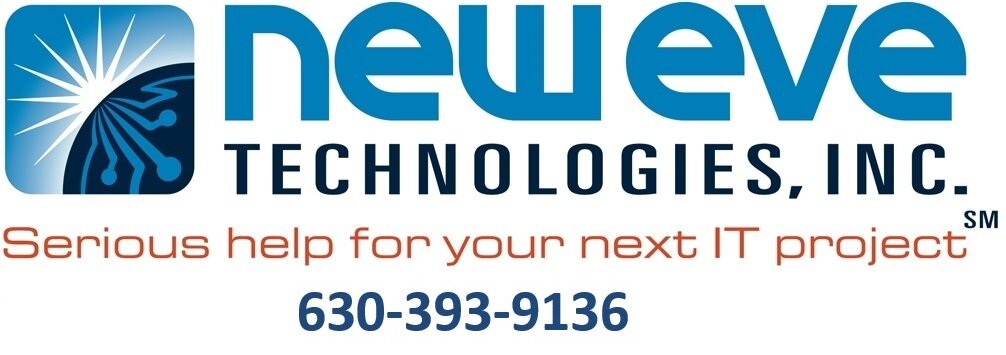Server Virtualization
Server Virtualization technology allows multiple server systems like e-mail, file servers, database servers and even applications servers to run concurrently on one hardware system.
Running many servers on one hardware platform in a virtualized environment has many benefits. With virtualization technology, our customers save money through simplified and straight forward hardware upgrades, server consolidation, improved performance, and very quick disaster recovery.
Optimize Resources
Most servers only utilize their full hardware capabilities at a fraction of their full capacity. Virtualization allows these untapped resources to be fully utilized. Idling computer hardware is useless, this potential is optimized with the addition of virtualization technology.
When servers are virtualized, entire server operating systems run concurrently with other servers on one hardware platform. The virtualization technology software optimizes server resources and in many cases can make the virtualized server run more efficiently than on the hardware alone.
Out of several servers only one or two may need priority access to the system processor and disk I/O. Virtualization allows these hardware capabilities to be optimized for your companies needs. In the event that a system needs more, the virtualization management system can allocate resources as needed.
Virtualization Process
Virtualizing existing servers is a very straight forward process. First, the system is evaluated for performance, then the server is either backed up or a small piece of migration software is installed. The migration / backup process is started. While the backup / migration process is running, the virtual server is then built on high performance server hardware. Once the virtualization environment is built, the backup or migrated system is then restored or imported into the new environment.Once installed, the virtualized systems are started and the servers are ready to use.
Virtual Servers use standard drivers
Because virtual systems use a standard set of drivers that do not change, moving to a new hardware platform only requires simple procedures for moving the server platform.
Disaster Recovery
Some companies are satisfied with the use of their hardware but take a closer look at virtualization for disaster recovery purposes. In the event of a local disaster, purchasing hardware for all their available systems is not as attractive as purchasing only a fraction of the server hardware then documenting a plan to restore to virtualized hardware.
Quick System Builds
Once systems are standardized on virtualization technology, bringing up an entire server operating system takes only a matter of minutes, instead of hours. When systems are built in a virtualized environment, they are “cloned” before being put into production. This means that if your operating system needs to be a 32 or 64 bit Windows Server operating system, once the “base system” is built, it only needs to be copied as a production server. Once copied it just needs to be configured. This saves a lot of time; no install process, no “driver hunt”, just copy and configure.
Motion Technology
Motion Technologies allow running VM’s to be migrated without service downtime. This allows several benefits.
Zero downtime during planned maintenance
Load balance Virtual Machines over different servers
